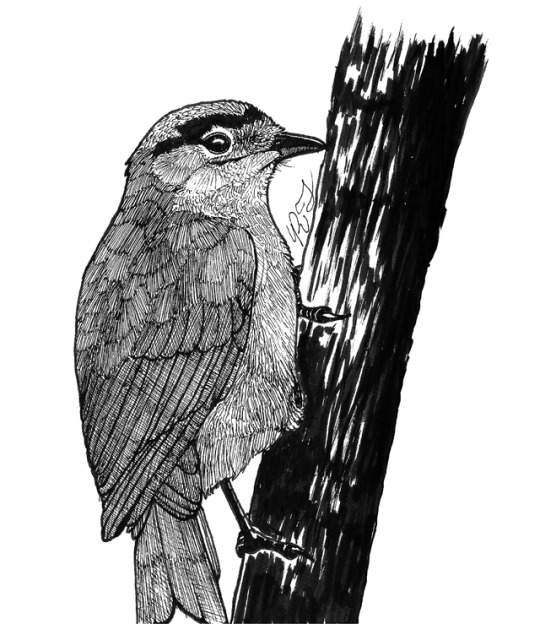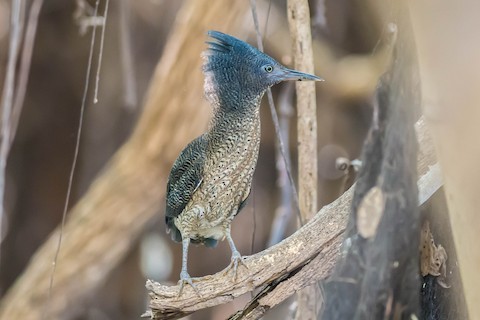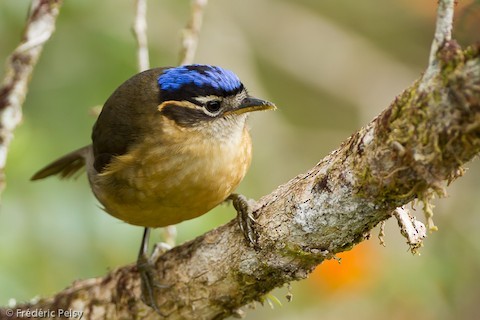#blue capped ifrita
Text
Loser's Bracket, Poll 5




Image Sources: Hawk (All About Birds); Starling (James Kennerly); Ifrita (Frédéric PELSY); Cinclodes (Jorge Ugalde)
#hipster bird losers bracket#ferruginous hawk#purple glossy starling#blue capped ifrita#seaside cinclodes
26 notes
·
View notes
Text

[1432/10977] Blue-capped Ifrit - Ifrita kowaldi
Order: Passeriformes
Suborder: Passeri
Superfamily: Corvoidea
Family: Ifritidae (blue-capped ifrit)
Photo credit: Holger Teichmann via Macaulay Library
90 notes
·
View notes
Note
Part 2. I Forgot To Mention Rusephine And Her Pet. Her Pet Is A Bird That Uses Toxins To Defend Themselves From Predators. These Birds Are The Pitohui, The Blue-Capped Ifrit (Ifrita Kowaldi), Also Known As The Blue-Capped Ifrita, And The Little Shrikethrush. They Are Poisonous Because They Usually Sequester Poisons From Animals And Plants That They Feed On, Commonly From Poisonous Insects. Or She Could Have An African Hawk-Eagle, A Grey Parrot, A Peacock, Or A Peregrine Falcon, For A Pet. Okay?

The toxic bird sounds about right. After all, her own feathers can paralyze her opponents on contact. So, yeah, I agree with it.
1 note
·
View note
Photo

Inktober day 3, “Poison”
The blue-capped ifrit (Ifrita kowaldi) is one of only three known birds to be poisonous, which comes from their diet, which includes beetles in the genus Choresine. Contact with their skin or feathers causes numbness and tingling.
60 notes
·
View notes
Text
Round 1, Poll 34
Zigzag Heron vs Blue-capped Ifrita


sources under cut
Zigzag Heron Propaganda
eBird Sightings - 1,416
IUCN Status - Least Concern
Location: South America - Basins of the Orinoco, Negro, and Amazon rivers"
"just look at them; they say "oo""
Blue-capped Ifrita Propaganda
eBird Sightings - 1,000
IUCN Status - Least Concern
Location: Oceania - the highlands of New Guinea, from Weyland Mountains to Owen Stanley Range
"funky little relict species that has been chilling in new guinea since the oligocene being poisonous, because why not."
Image Sources: Heron (Tim Liguori); Ifrita (Frédéric PELSY)
Other data: Birds of the World
16 notes
·
View notes